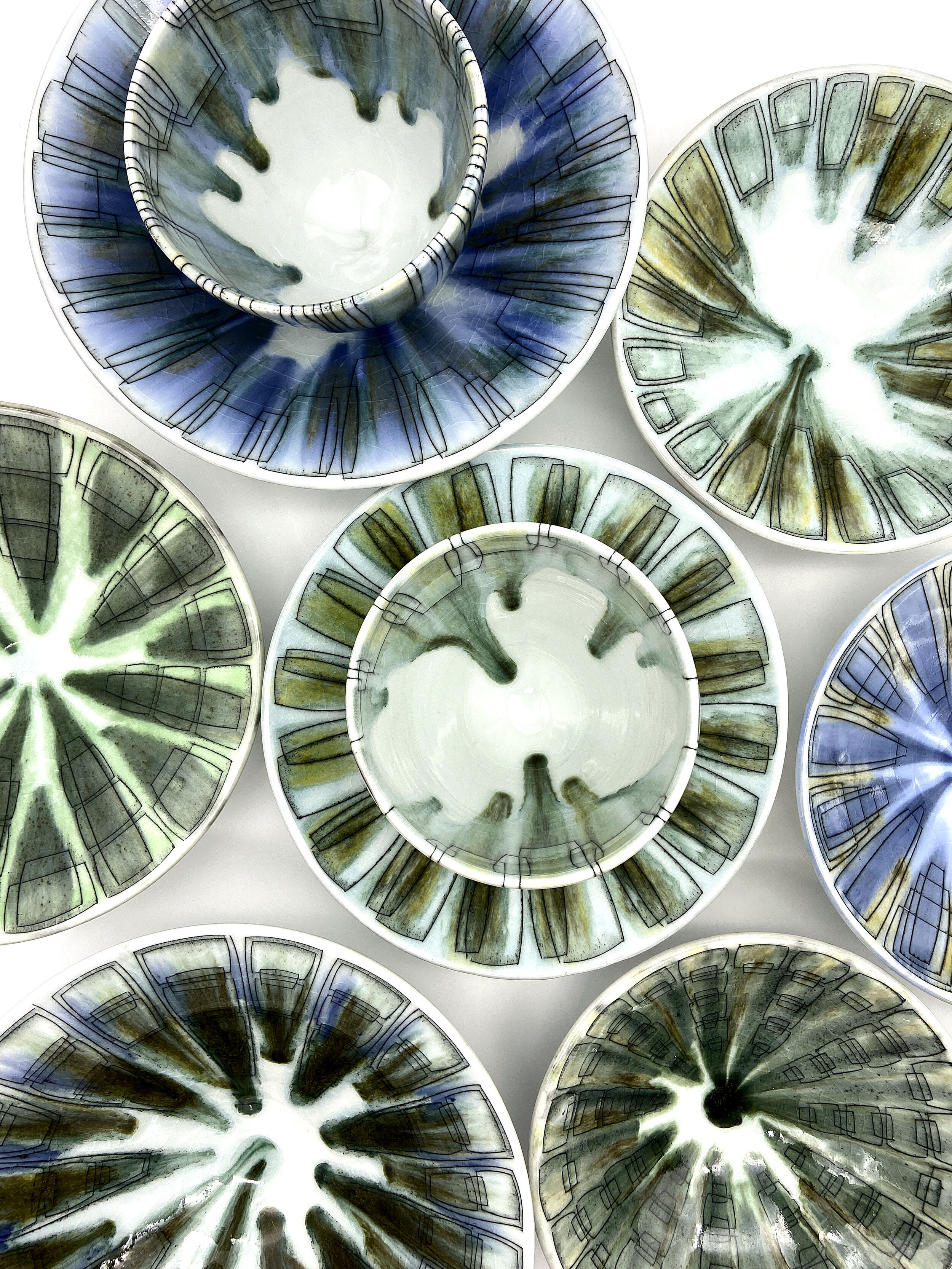Jada Patterson
Bio
Jada Patterson was born in Milwaukee, Wisconsin and now lives and works in Kansas City, Missouri. She is a recent graduate of the Kansas City Art Institute where she received her Bachelor of Fine Arts in Ceramics and Art History. Her work explores the human condition pertaining to identity, culture, or decay. Clay is her medium of choice, but she ventures into other mediums such as mixed and converging media. Jada has worked at various institutions in Kansas City including the Nelson-Atkins Museum of Art, the National Museum of Toys and Miniatures, the Goethe-Institut Pop Up Kansas City and the H&R Block Artspace. She is currently positioned at Belger Crane Yard Studios working as a Gallery Associate. Jada has studied internationally at the Studio Arts College International in Italy and was awarded the Benjamin J. Gilman Scholarship through the U.S. Department of State in 2018.
Artist Statement
The intersections of race, gender, history, and the environment are the basis of my work. I am deeply interested in traditions surrounding African rituals, especially those related to hair and body adornment, which survived slavery and still exist today. These traditions are often imbedded into my work, as hair braiding was a passageway for stepping into my womanhood, and to also come to terms with the distance I feel from African culture. American culture, both contemporary and historical, such as Black female archetypes in film continually inspire me and are often embedded into my work. Like hair rituals, this research connects me to larger conversations on the historical past.
The ways in which I think of material, texture, color and clay body all reference the human body. Black soap and shea butter surfaces reference the ritualistic cloaking of African-ness when I cover myself and my work in it. Porcelain’s skin is fragile and holds a reflective quality in its stark whiteness, while my black tar-like slips, glazes and other substances speak to the weight of being black that has accrued over time and generations.
Death is a reoccurring theme in my work as I interpret the severing of cultural traditions, self-identity in changing environments and other subjects in my work as forms of death. Whether in representations of the mortality of the body, identity, or the planet that supports us, my tombstones, vessels, tiles, and sculptural forms often become abstractions of the body to express ideas of death as human commonality. My use of abstraction allows for multiple points of entry, so that a viewer may be seduced by a beautiful or textured object, and thereby pulled into deeper conversations on identity, race, and gender.









